The Royal Ballet
Introduction
Before there was any hint of the media frenzy that was the Fonteyn-Nureyev partnership, Margot Fonteyn had already become one of the most respected and admired prima ballerinas of her time. She was already a principal with them in 1939 (aged 20) and this film shows her at around 21 years into her career, two years before Nureyev appeared on the scene, partnered with the excellent Michael Somes.
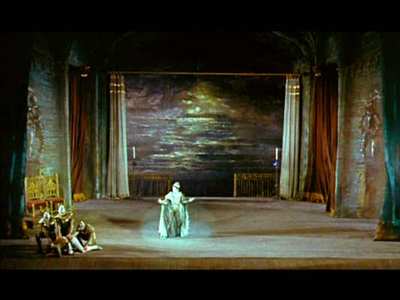
Video
Considering the age of the film, the clarity is exceptionally good, and the colours, despite being slightly `misty`, are very well handled indeed. A few moments where it`s obvious there has been damage to the film stock doesn`t spoil things, thankfully.
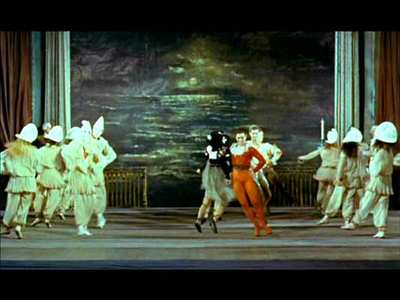
Audio
For a mono soundtrack, it`s amazing how much clarity and detail you can hear from the orchestra, which is even more impressive given the complexity of the Stravinsky and Henze scores. Things are spoiled somewhat by the obvious `canned` applause (which tends to cut out suddenly), but it probably seemed like a good idea at the time.
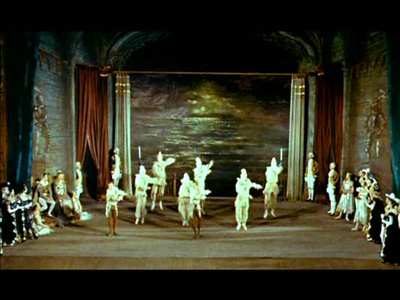
Features
Gloria Hunniford conducts a disappointing `interview` with Fonteyn in a rare appearance on British TV from September 1984. The whole thing lasts 9 minutes, and Hunniford only seems to be able to ask inane questions about how it was dancing with someone like Nureyev (in front of an uninterested audience which has developed a severe group-cough) We therefore learn nothing about Margot Fonteyn, although a comment at the start about Danny Baker (who appears to have been a guest that night as well) and his love for ballet is intriguing.
I would have preferred a more comprehensive chapter list, which allows us to select the beginning of each piece, but with no intermediate stops.

Conclusion
This is a fascinating piece of dance history captured when the soloists were at their peak, and the artistic direction of the Royal Ballet had never been more exciting, or popular.
All three of the selections are worthwhile, with some important reservations, although the Tchaikovsky suffers more than the others, mainly due to the fact that it`s such a cut-down version of Act II of `Swan Lake` there`s very little chance of getting an idea of the story (despite the very wordy introductions shown on screen at the beginning of each piece). I`m glad they included the Dance of the Cygnets though, as it`s always fun to watch, but even with my inexperienced eyes, I thought they could have got their legs up a bit higher.
This leads me off on a slight tangent. The Corps de Ballet, and indeed Fonteyn herself, seem to be a lot `healthier` (I don`t wish to sound rude of course) than their modern-day counterparts. I decided to compare the same Tchaikovsky selection with the recent production from Paris (also reviewed on this site). I was struck by the fact that the later performance is very lovely to look at, and is most likely technically superior, but lacks the warmth of this disc. It`s as if the 1960 performance has real people dancing, rather than a bunch of anorexics..ah, perhaps that was a bit rude after all.
I was looking forward to seeing a complete version of `The Firebird`, but we are presented with a crudely edited version of the score which is performed very well, but jars every so often when we suddenly jump to a scene I wasn`t expecting for another few minutes. Also, the `Infernal Dance`, despite being played brilliantly from the pit, lacks any hint of evil whatsoever on stage, and the choreography gives the impression of a Russian country dance.
Having mentioned the orchestra (called `The Covent Garden Orchestra` here), it`s worth saying that the playing is absolutely phenomenal, especially in the Henze (see below) Hugo Rignold (who started life as a jazz fiddler) was well known for introducing modern works to audiences as a conductor and he brings an understanding to this piece which allows it an immediacy and excitement which explains, in part, why this work was an instant success when introduced to Covent Garden audiences.
`Ondine`is therefore the highlight of the disc with a Henze score that was completely new to me. Even though it`s likely to be far less approachable than the other music here, I`ve quickly come to the opinion that it`s one of the best 20th century ballet scores I`ve heard. We also have the advantage of the work lasting over an hour, giving the feeling that we are seing a real performance at last, rather than a `staged` (pun intended) dance made especially for this film. I`ve no idea whether any edits were made, however there is enough drama and passion in the choreography and skill in the design to make this a worthwhile purchase on its own.
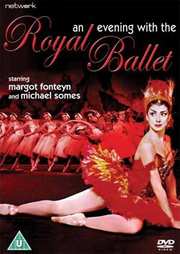



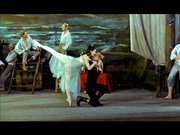

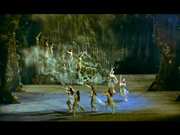

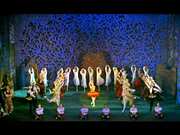
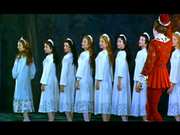
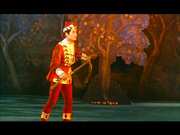
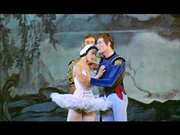
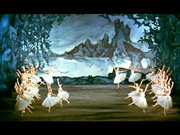
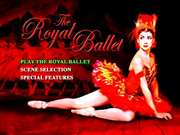






























Your Opinions and Comments
Be the first to post a comment!